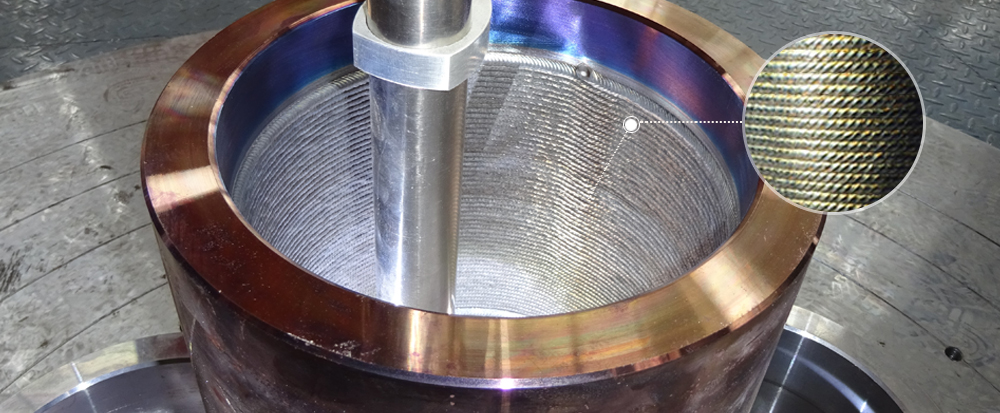
Application of Lined composite steel pipe in subsea oil and gas transportation
The development of offshore oil and gas fields should play an important role in industrial production and economic development as an important energy guarantee for China. As an important process of offshore oil and gas field development, oil and gas transportation is related to the use of oil and gas resources. Due to the presence of more carbon dioxide, hydrogen sulfide and other gases in the oil and gas medium, the ordinary carbon steel and alloy materials selected by the pipeline often corrode, affecting the oil and gas transportation work and affecting the transportation safety; And based on the characteristics of oil and gas transportation, the generally selected pipeline should be able to ensure that no corrosion and leakage failure occur within 20 years, and can ensure that there is as little maintenance or no maintenance as possible during operation. Therefore, it is particularly important to select suitable pipe applications for oil and gas transportation in combination with existing materials and processes to achieve corrosion problems and long-term safe use problems. Combined with the advantages of carbon steel pipe and alloy pipe, the use of Lined pipe is a good solution to the above problems, and it is generally believed at home and abroad that this kind of pipe is an excellent material to solve the problem of oil and gas transport corrosion and long-term use, and the specific research and progress are as follows.
1 Research progress and analysis of the main production process of Clad Lined steel pipe
Lined composite steel pipe is mainly composed of base tube and inner tube tube. Among them, the base pipe is mainly composed of carbon steel pipe or low alloy steel pipe, and its function is mainly to support the inner tube and the compression resistance, while the main material of the inner liner is composed of stainless steel, iron-nickel alloy and other corrosion-resistant materials, and its main function is to resist the corrosion of the pipeline by the corrosive substances contained in the oil and gas medium to improve the service life of the pipeline; For the inner lining, according to the characteristics of its processing technology, it can also be called an inner cladding layer or liner, and the specific structure is shown in Figure 1.
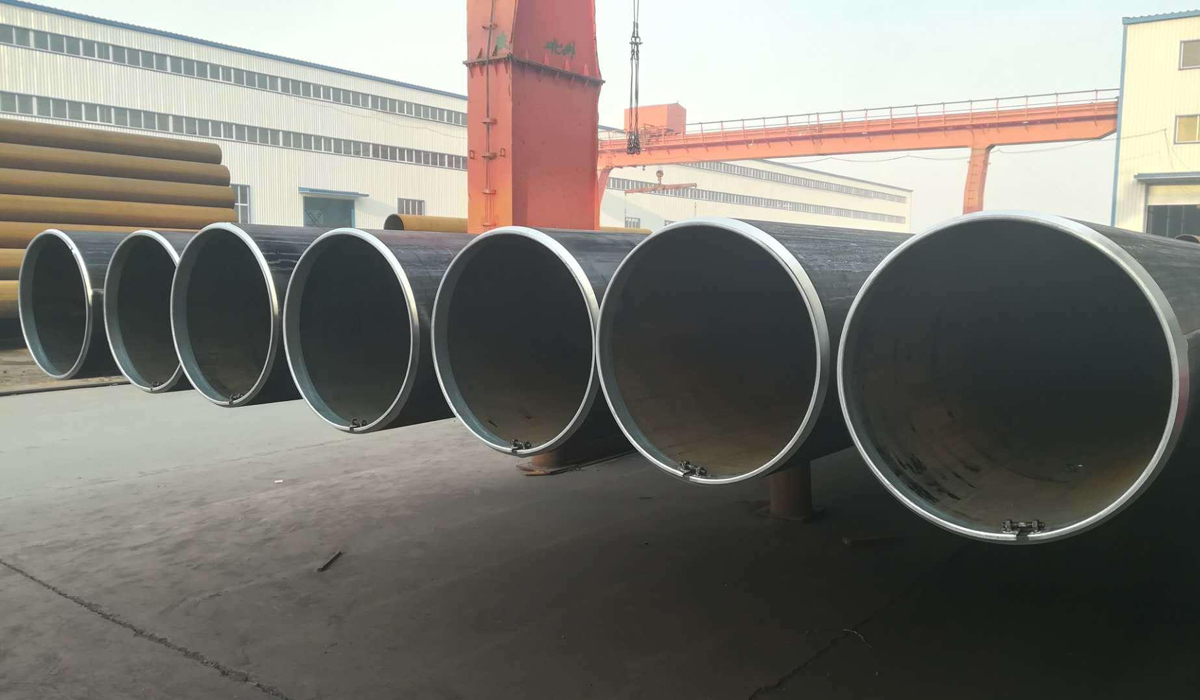
Comprehensive current situation, Lined composite steel pipe according to the base pipe and the inner layer of material composite mode can be divided into mechanical composite (lining composite pipe) and metallurgical composite (inner composite pipe), according to the standards of the American Petroleum Institute, mechanical composite main processing and molding technology is hydraulic composite, cold drawing composite, deflagration composite, etc., and metallurgical composite mainly has hot extrusion composite, hot rolling composite, centrifugal casting composite, etc. The specific process and advantages and disadvantages are shown in Table 1.
Table 1 Common Lined composite steel pipe processing technology comparison table
|
combination |
Process classification |
Process characteristics |
|
Mechanical compounding process |
Hydraulic compound |
A tight fit is achieved by hydraulically expanding the liner and base pipe |
|
Cold drawn composite |
The liner tube is diametrically compounded to the inner surface of the base tube by extrusion and expansion through a drawing die |
|
|
deflagration compound |
The water pressure in the pipe is instantly increased by the explosion of the explosive, so that the lining pipe is close to the inner surface of the base pipe, the pressure is released, the base pipe elastically deforms and rebounds, and the plastic deformation of the lining pipe realizes compounding. |
|
|
Metallurgical composite process |
Hot extrusion compounding |
The surfaces of the two metals are cleaned and assembled into an extruded billet, and the two metals are brought into close contact and compounded under a certain temperature and pressure. |
|
hot-rolled composite |
The process of producing composite materials by hot rolling of two or more metal materials; high bonding strength, high production efficiency, and wide application |
|
|
brazing composite |
The brazing filler metal is placed between the cladding tube and the base tube, and the Continuous induction heating compound |
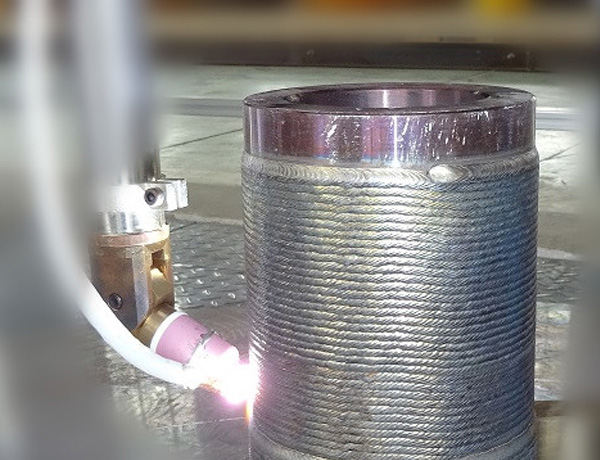
Combined with the above characteristics, China has made great progress in the research and manufacture of Lined composite steel pipe s. Over the years, various pipe manufacturers have carried out a lot of research, such as adding a large number of alloying elements to metal pipes, so that the strength and wear resistance of pipes can be significantly improved. Generally speaking, such as Japan, the United States and other advanced technologies and standards, the production of Lined composite steel pipe s in the petrochemical industry and nuclear industry has been used, and to meet the requirements of power plants and mines and other high-wear environments. At the same time, according to literature reports, the hot rolling + cold forming process developed and researched in Japan has realized the effective processing of Lined composite steel pipe s, with excellent technology, reliable quality, strong corrosion resistance and compressive resistance, and has played a great value in the chemical, oil and gas fields.
2 Lined composite steel pipe performance requirements and application analysis
2.1 Research on material requirements and mechanical properties of base tubes
According to the requirements of API 5LD-2015 standard, carbon steel or low-alloy seamless steel pipes are selected for the manufacture of Lined composite steel pipe s, and are made by heat treatment, stretching, squashing and other processes. For lined composite pipes, it is found that the Charpy impact test on the substrate before assembling the lining pipe can realize the inspection of the base pipe and ensure the strength of the pipe. This method is consistent with the purpose of the drop hammer test of the pipeline with a diameter of more than 508mm and a steel grade of X52 or above required by API5LD-2015 standard, and the use of this test method can effectively ensure the performance of the pipe. However, for some applications with stronger corrosion resistance and higher pressure ratings, the United States has put forward high-temperature tensile performance test requirements in the study, and China has also applied this. For example, in the pipe selection of Guangzhou Panyu 35-1/35-2 oil and gas field, the test of high temperature tensile performance is proposed, and the X65 seamless pipe selected in the oil and gas field requires that it should withstand the requirement of no fracture at 419MPa at 103 °C. It can be seen that the selection of pipes in China’s oil and gas fields and other corrosion-resistant and high-pressure fields has strengthened the restrictions on the material requirements of the base pipe, ensuring the quality of the pipe and the safety of media transportation.
2.2 Analysis and study of the use of pipe materials and corrosion resistance of the inner cladding of the base pipe
The Lined composite steel pipe lining layer is in direct contact with the conveying medium, and its anti-corrosion performance is an important indicator, which should be fully considered in the material selection. For example, API5LD-2015 standard requirements clearly stipulate the materials used for the lining layer of Lined composite steel pipe s, including stainless steel and corrosion-resistant alloy materials, such as austenitic stainless steel, ferronickel alloy and so on. For the selection of such materials, each manufacturer and pipe manufacturer should select the appropriate material in combination with the specific conditions of the conveying medium to ensure that its chemical properties and mechanical properties meet the requirements of API5LD-2015 standard. For example, the inner lining layer selected by Yacheng Oil and Gas Field Company is a Lined composite steel pipe of iron-nickel alloy, which effectively ensures the corrosion of the pipeline by the CO2 and H2S substances contained in the oil and gas medium.
Based on the above considerations, the selection of the lining layer according to the type of conveying medium and the degree of corrosion harshness is the key, such as the material requirements of the lining layer in the SY/T 6855-2012 standard, such as the provisions require that the lining layer base metal and welding should comply with the provisions of ISO 15156-2015, and should be able to have the properties of sulfur stress cracking and corrosion cracking; At the same time, it is pointed out that the material selection should be considered according to the parameters of medium, temperature and pressure to ensure its performance and requirements.
2.3 Other performance requirements and research progress of Clad Lined steel pipe s
For composite pipes, the bonding strength between the inner layer and the outer layer is the key, but also belongs to the important performance indicators of the composite pipe, the actual application and processing should be measured in an appropriate way, such as API5LD-2015 standard to clarify the requirements of the bonding strength, pointing out the use of ASTM A264-2012 standard shear strength test, to ensure that the bonding strength meets the requirements. According to the standard requirements, the test should be carried out in a batch of 50 steel pipes to ensure its performance. However, for pipes processed by mechanical composite process, there is a macroscopic gap between the lining layer and the base pipe, such as if the gap is mixed with air or impurities, it will have a serious impact on the tightness. For example, it is found in the study that when the temperature of the conveying medium is too high, the expansion coefficient of the base pipe and the liner is different, which is easy to cause the instability of the liner, etc., which may cause collapse and bulging in severe cases, which will affect the media transportation. For the above problems, scholars used finite element calculation to adjust the composite process parameters in the study, which effectively solved the separation of high-temperature bullock and liner. In addition, when different types of metals are used for the base pipe and the liner, the welding operation process should ensure the corrosion resistance of the lining layer and the inner cladding weld, and the mechanical properties of the base pipe should be considered, and the welding difficulty is greater. For this, scholars use low-alloy welding wire in the study, because the electrochemical potential is basically the same, the weld is less affected by corrosion, which not only reduces the welding cost, but also avoids the crack of the transition layer weld, which has certain application value in actual production.
3 Application and economic analysis of Clad Lined steel pipe in subsea oil and gas transportation
3.1 Research on the application of Lined composite steel pipe in subsea oil and gas transportation
Lined composite steel pipe has excellent mechanical properties and corrosion resistance, and the appropriate material should be selected in the selection of pipes in combination with specific conditions to ensure the saving of precious metals and reduce costs, and improve the efficiency density. The Lined composite steel pipe material selected in foreign oil and gas fields has reached 200,000 tons, such as the Cu-Ni alloy composite pipe used by Japan’s NKK company has strong corrosion resistance and weldability for seawater, and is widely used in the introduction pipe of seawater desalination system. At the same time, the application of 316L as a lined Lined composite steel pipe in China’s Tarim oilfield has played a positive role in ensuring oil and gas transportation, reducing the number of repairs and maintenance, and ensuring the economic benefits of enterprises. However, in general, there are still deficiencies in its application, such as the base pipe, the current API 5LD-2015 standard stipulates the minimum requirements that the Lined composite steel pipe should meet, but due to the different corrosive substances and concentrations contained in other transportation media such as oil and gas, the degree of corrosion is different, and the transportation of some substances cannot guarantee its safety; In addition, the toughness index of the base pipe is an important requirement of the base pipe, and the current standard is not clearly stipulated, and there may be certain safety risks. In terms of lining, the current standard does not list the materials used in the CO2 and H2S environments, and corrosivity is the key to the service life of such materials; Therefore, the actual selection should be comprehensive working conditions and environmental conditions analysis to ensure material selection and use safety.
3.2 Analysis of the economic advantages of Lined composite steel pipe s in subsea oil and gas transportation applications
From the current offshore oil and gas medium transportation, the control measures of pipeline corrosion media mainly include the following categories: First, corrosion inhibitors are added to carbon steel pipes; Second, the use of inner coating material; Third, the use of stainless steel and corrosion-resistant materials; Fourth, the use of Clad Lined composite steel tubes. In the above ways, corrosion inhibitors will affect the efficiency due to changes in the medium in the tube, and the material and labor costs are high; The fastening technology at the welding place of the inner coating is not perfect, and there is a certain risk; Stainless steel is expensive and has a large economic risk in offshore oil and gas field applications. The Lined composite steel pipe has strong mechanical strength and corrosion performance, has obvious advantages, and has certain application value. In terms of its economic benefit analysis, although the cost of using Lined composite steel pipe is higher, the maintenance cost is less in the later stage, and it is safe and reliable, compared with the above three schemes, its investment cost is less, especially when the economic benefits are more obvious after the use period exceeds 10 years. At the same time, the Lined composite steel pipe manufacturing process and material are different, and its value difference is also large, such as the current common Lined composite steel pipe price of 7000 ~ 25000 US dollars / ton, the price difference is larger. Therefore, in the pipeline transportation of each offshore oil and gas field, the corresponding corrosion environment should be combined to ensure long-term reliable use, and the economical lining layer should be selected to ensure its corrosion resistance and meet the economic requirements, and to ensure the safe transportation of the medium.
4 Conclusion
In summary, Lined composite steel pipe s have important value in marine oil and gas transportation. At present, China’s Lined composite steel pipe technology has made great progress, but there is still a certain gap between some fields and the international level. In order to ensure the development of China’s Lined composite steel pipe manufacturing technology, the state and enterprises should take effective measures to respond, increase investment in research and development, and improve the supporting products, such as the development of various types of accessories, etc., to achieve the nationalization of related materials, reduce the monopoly of foreign products, to ensure the development and application of China’s Lined composite steel pipe manufacturing technology.

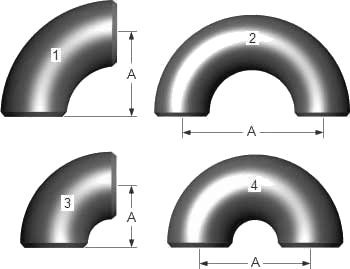
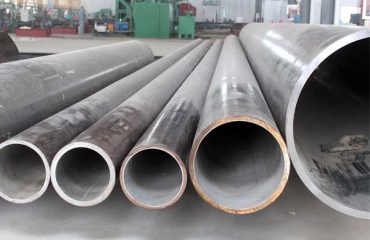
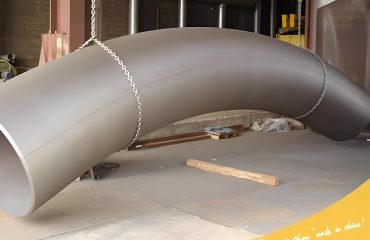
You must be logged in to post a comment.